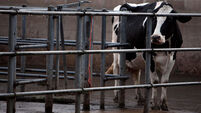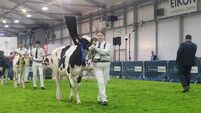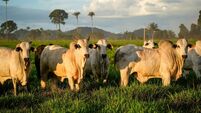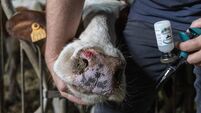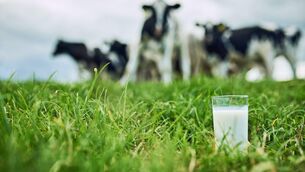Paula Hynes: A Kenyan road trip down memory lane
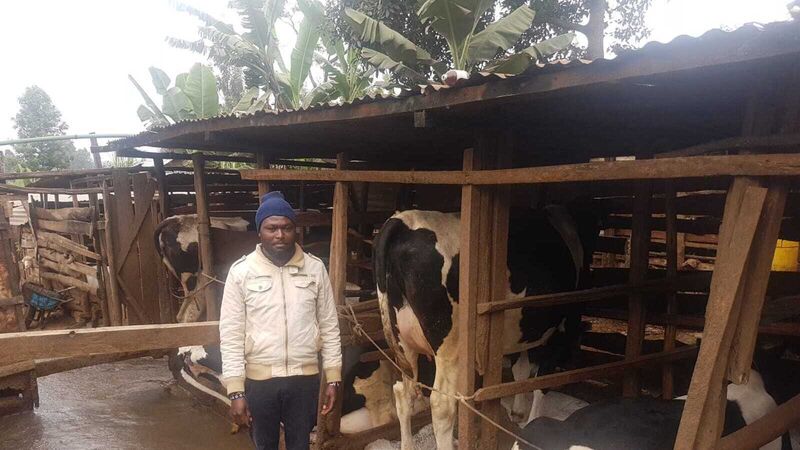
A tie stall setup on a kenyan dairy farm
As we head off on a well-earned break and a little adventure, it reminded me of some of the previous adventures we have had together.
Some of you may have seen the 'Hardest Harvest' on RTÉ, back in 2018, where I visited Kenya and lived with a Maasai community for three weeks. It was filmed in November 2017 and what most of you won’t know is that myself and Pete returned to Kenya in August of 2018.


